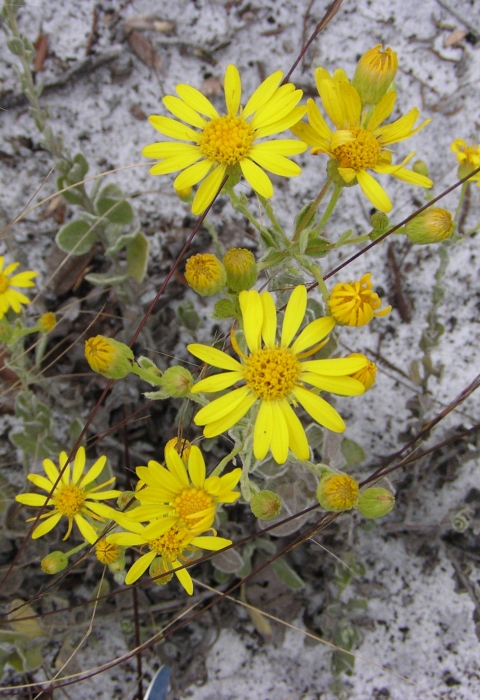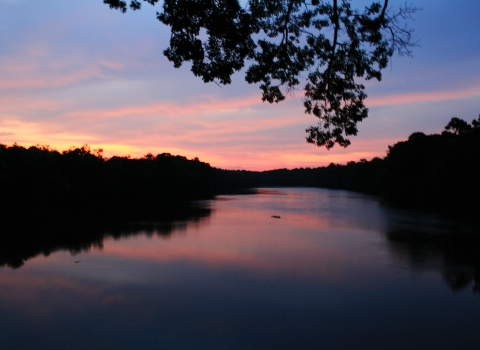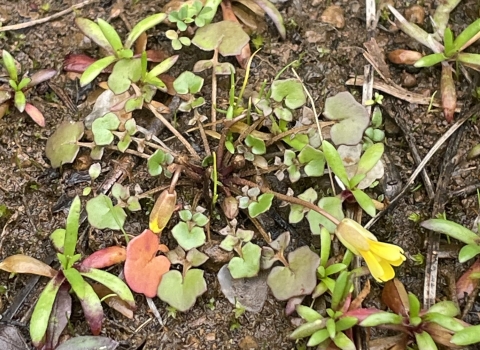When the Florida golden aster (Chyrsopsis floridana) was listed as endangered under the Endangered Species Act (ESA) in 1986, only nine clusters of the yellow daisy-like perennial herb could be found growing in Hillsborough County, Fla. Today, 37 years later, 30 populations have spread across five counties east and southeast of the Tampa Bay area in west central Florida.
Now the U.S. Fish and Wildlife Service has determined the aster no longer requires protection as endangered or threatened under the ESA. Under the ESA, endangered species are at risk of becoming extinct, while threatened species are likely to become endangered within the foreseeable future.
“Good habitat management ensures the Florida golden aster will thrive and continue to increase in number,” said Mike Oetker, the Service’s Southeast Regional Director. “This success is due in large part to our conservation partners at the Florida Department of
Environmental Protection and county natural resource managers in west central Florida,” he added.
The golden aster grows in the open, white sandy soils of Florida scrub and adjacent sandhill communities, but development and agriculture that has destroyed, fragmented and degraded this habitat put the native wildflower at risk. Following the plant’s listing, the Service and its partners began efforts to recover and protect it.
Habitat was acquired, plants were propagated and reintroduced on new sites and planted in strategic areas, bolstering and expanding populations. The introduced plants quickly spread in Manatee, Hillsborough, Pinellas, Highlands, and Hardee counties.
According to the 1989 Recovery Plan, the Service could delist the species if 20 new geographically distinct populations were established. Of the 30 new distinct populations of the Florida golden aster, 25 now grow on non-governmental, local, state, and federal lands protected for conservation, lands that have management plans ultimately benefitting the habitat occupied by the species. There are also a number of private landowners with populations of the plant on their lands.
The Service will implement a post-delisting monitoring plan for a minimum of five years after delisting to ensure that it remains stable.
We celebrate the visionary, innovative, and determined actions taken by Service team members and our partners that daily, contribute to the success of the ESA.
The rule, post-delisting monitoring plan, Species Status Assessment and 5-year review are available at http://www.regulations.gov under Docket No. FWS–R4–ES–2019–0071.
For more information on the Florida golden aster, visit Recovering the Florida Golden Aster | U.S. Fish & Wildlife Service (fws.gov) and see our FAQs at U.S. Fish and Wildlife Service Delists the Florida Golden Aster (fws.gov).
The mission of the U.S. Fish and Wildlife Service is working with others to conserve, protect, and enhance fish, wildlife, plants, and their habitats for the continuing benefit of the American people. For more information on our work and the people who make it happen, visit www.fws.gov. Connect with our Facebook page at www.facebook.com/usfwssoutheast, follow our tweets at www.twitter.com/usfwssoutheast, watch our YouTube Channel at http://www.youtube.com/usfws and download photos from our Flickr page at http://www.flickr.com/photos/usfwssoutheast.




